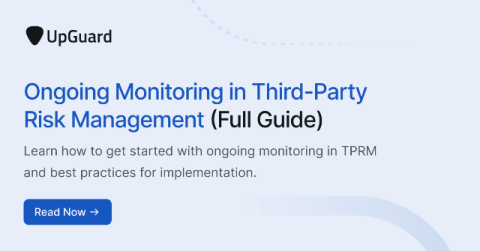Cyber Security Report Examples (3 Common Styles)
Cyber security reports are an invaluable tool for keeping stakeholders and senior management informed about your cyber security efforts. This post outlines examples of some of the most popular reporting styles, with a particular focus on a field of cybersecurity drawing increasing interest among executive teams - Vendor Risk Management. Each of the cyber security report examples in this list have been pulled from the UpGuard platform.










